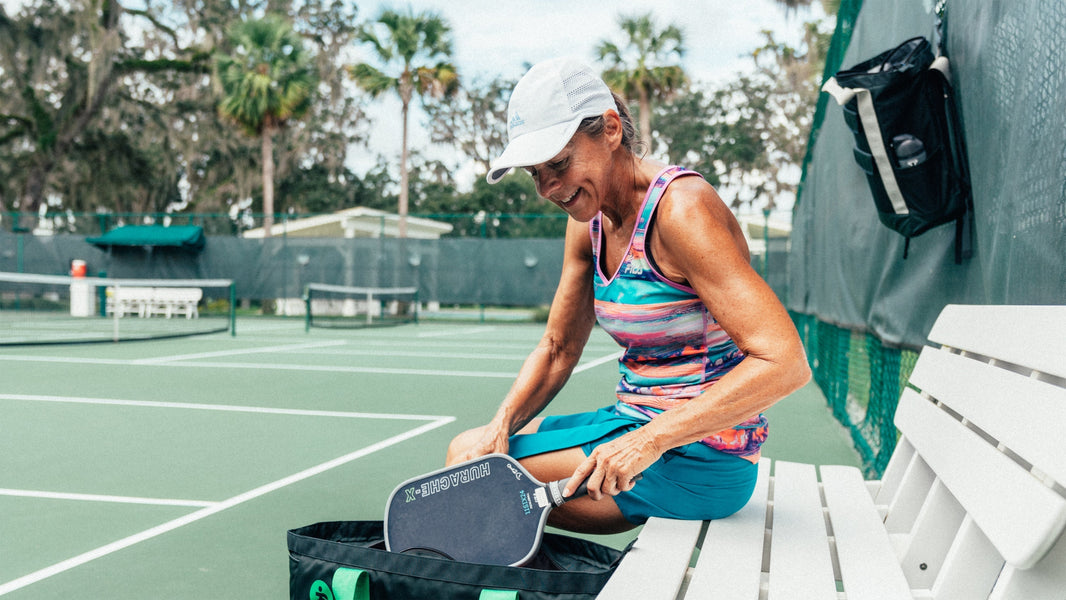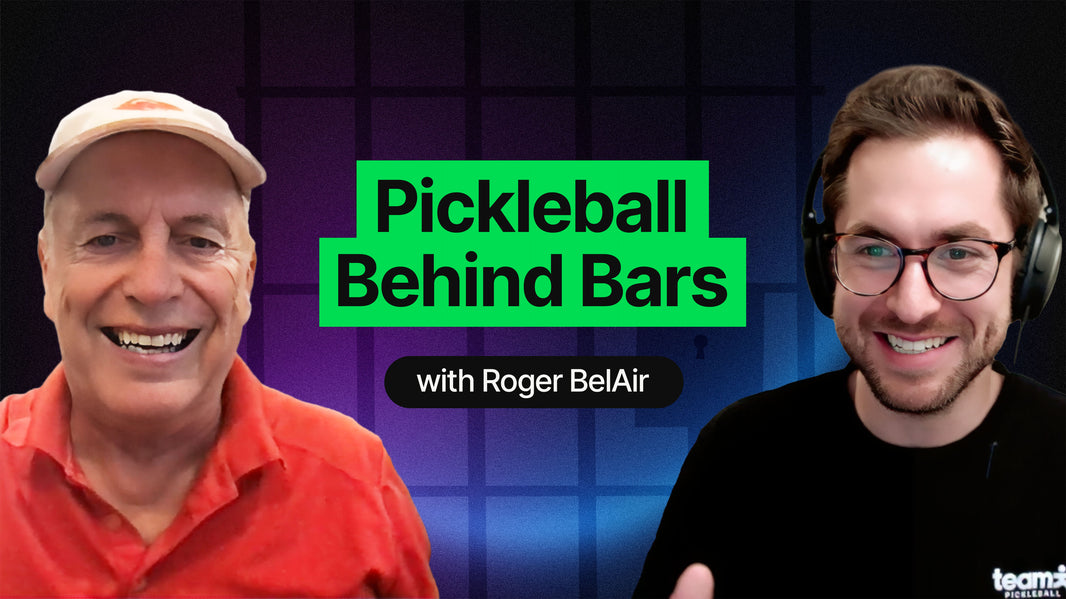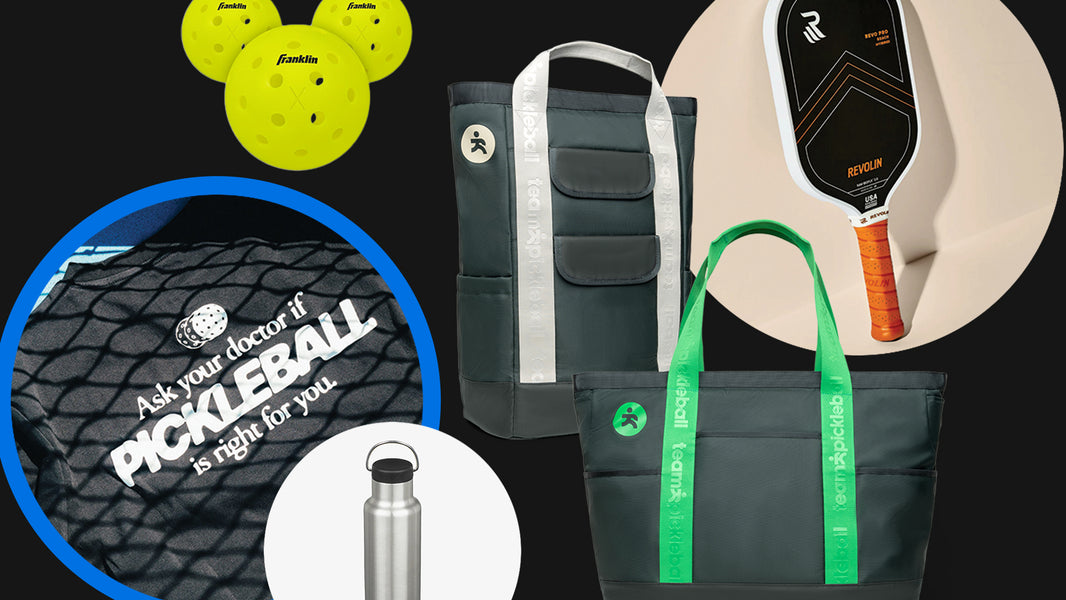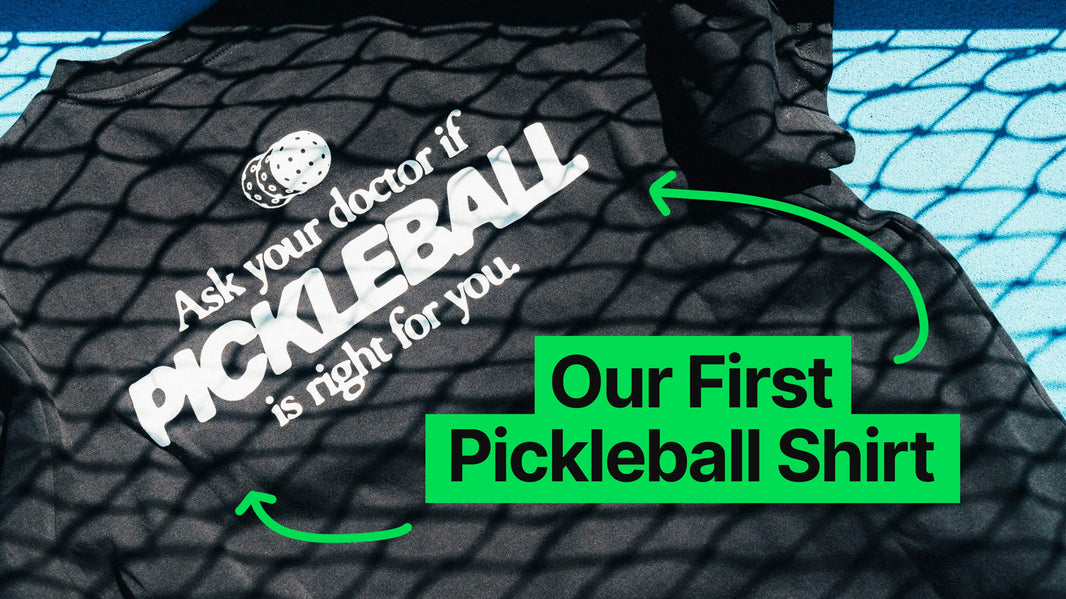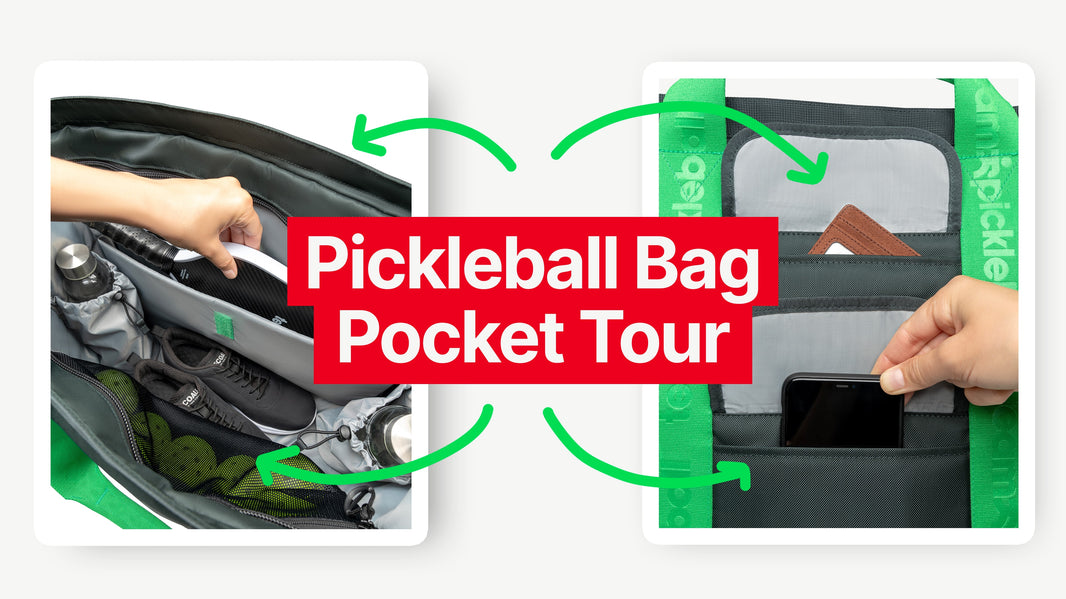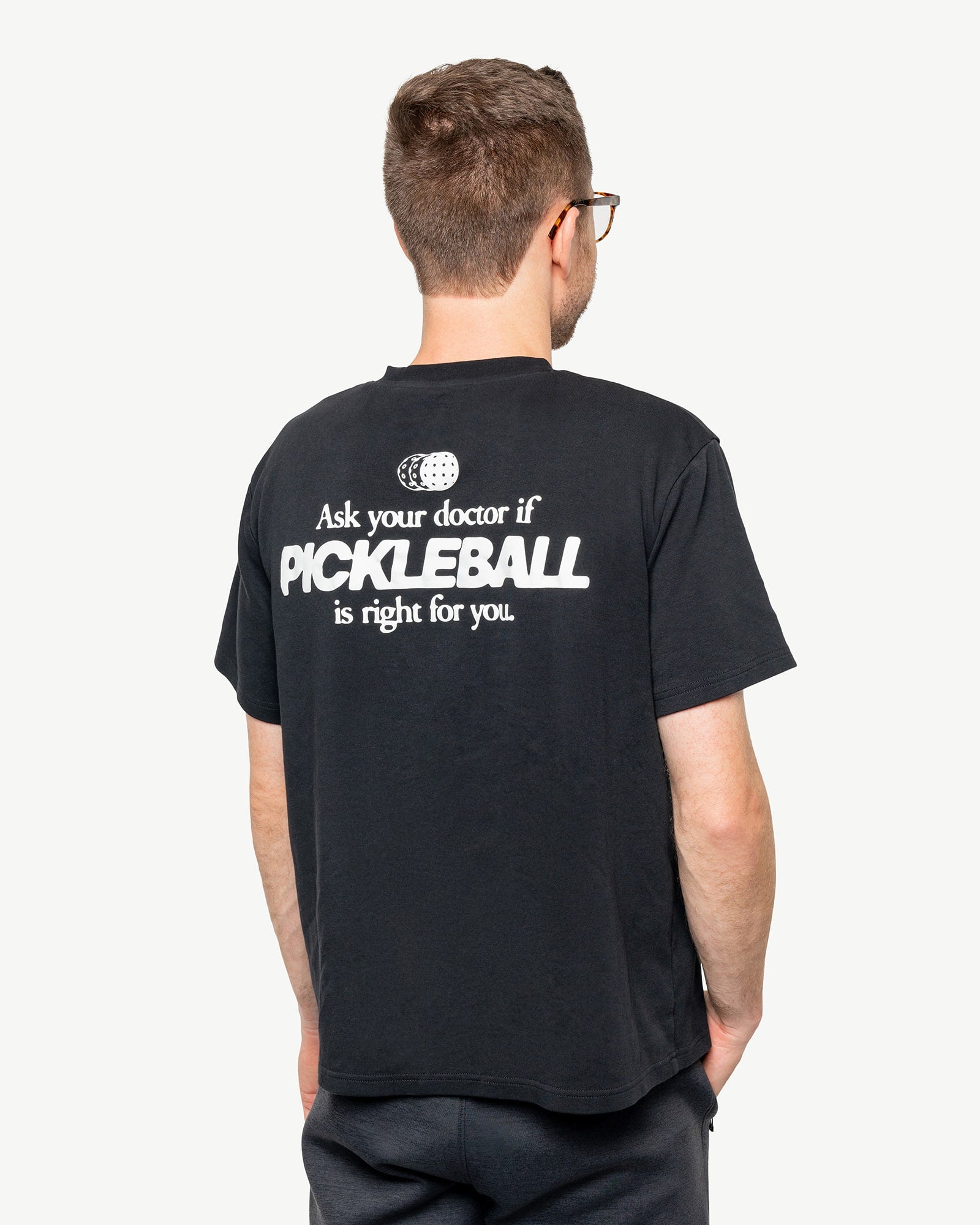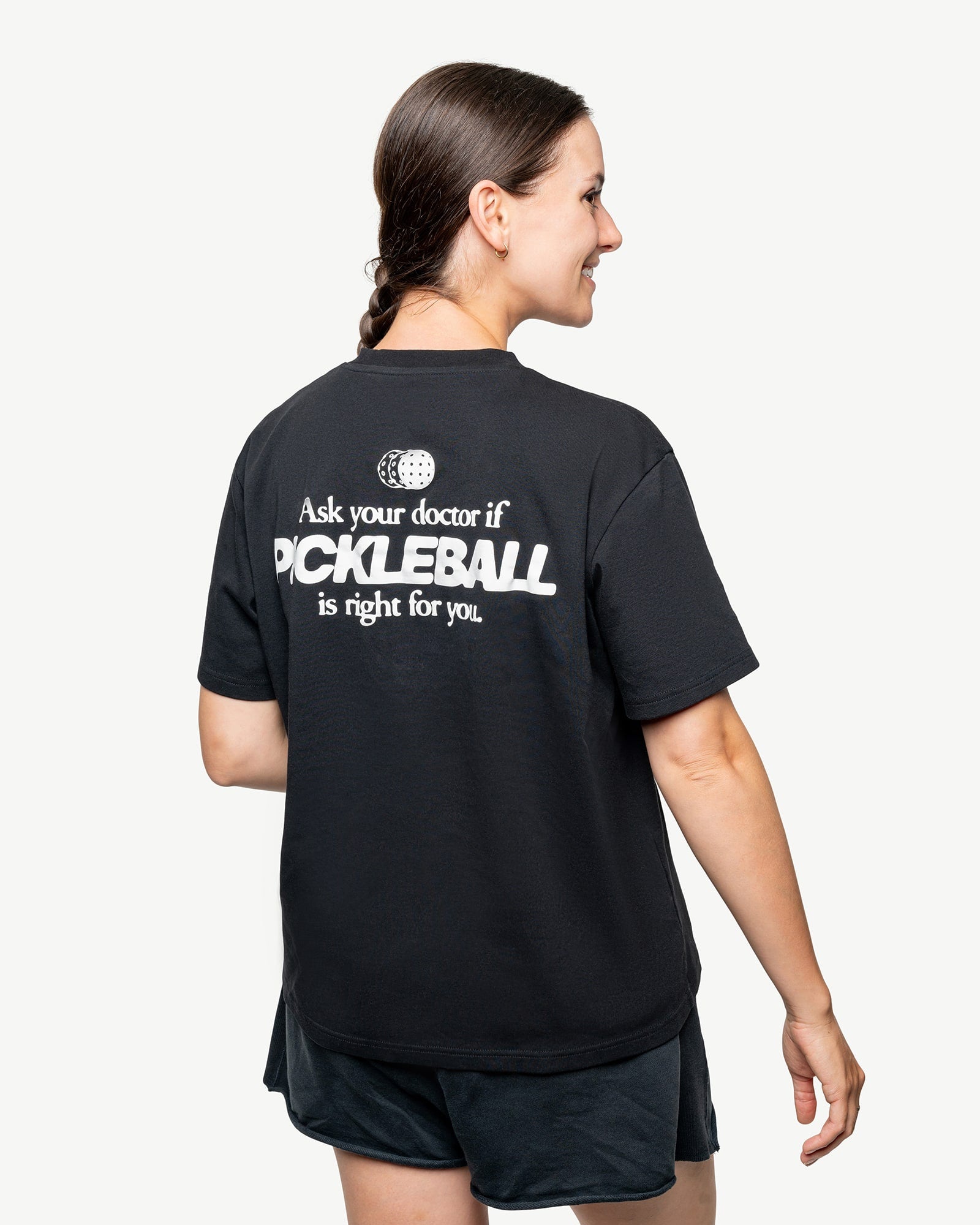Can pickleball be played singles?
Absolutely! Singles pickleball offers an engaging and physically demanding alternative to the doubles format, focusing heavily on individual skill, endurance, and strategy. If you're new to the game or transitioning from doubles, this guide will cover the essentials of how to play singles pickleball, from the basic rules to strategic tips for dominating the court.
Understanding the Court
Singles pickleball is played on a standard court that measures 20 feet by 44 feet, divided into two halves by a net that stands 36 inches at the sidelines and 34 inches in the center. The court is identical to that used in doubles, featuring a non-volley zone, or "kitchen," extending 7 feet from the net on each side.
Serving Rules
Here are some main callouts for serving in a singles game:
-
Starting the Game: The right to serve first is usually determined by a coin toss or a similar random method... or if you are from Washington we like to let the person closest to Bainbridge Island serve first.
-
Positioning: Serve from the right-hand court when your score is even and from the left when it's odd.
-
Execution: The serve must be hit underhand and below the waist level. You can either hit it out of the air or do a drop serve where the ball bounces on the ground first. The ball must land in the diagonal opposite service box without touching the non-volley zone which includes the non-volley zone ("kitchen") line.
-
Sequence: Since there is no doubles partner, once you lose a point or fail to make a serve, the serve changes to your opponent.
Scoring
Pickleball uses a simple scoring system:
-
Points are only scored by the serving player when they win a rally.
-
Games are typically played to 11 points, but you must win by at least two points.
-
Always call out the score before serving, stating your score first, then your opponent's.
The Two-Bounce Rule
This rule is crucial in pickleball and applies to both singles and doubles play:
-
The ball must bounce once on each side of the net before volleys are allowed.
-
This means the returning player must let the serve bounce before returning, and the server must let this return bounce before continuing the rally.
Effective Singles Strategies
Playing singles requires different tactics compared to doubles due to the additional space each player must cover:
-
Move Your Opponent: Use a mix of deep baseline shots and shorter angled shots to keep your opponent moving. Managing your opponent's position is key to controlling the game.
-
Use the Kitchen: Master the soft drop shot in the kitchen to reset the rally and help slow the game back down after a fast set of hits.
-
Maintain Physical and Mental Stamina: Singles pickleball can be a test of endurance. Keep physically fit and stay mentally alert to respond to the dynamic nature of the game.
-
Defense and Offense: Develop a balanced gameplay style. Be aggressive when you have clear shots but also play defensively by positioning yourself in a way that covers the most court. This is a balance of anticipating your opponent and setting yourself up in good court position.
Conclusion
Singles pickleball is a rewarding sport that enhances your physical fitness, sharpens your reflexes, and improves your strategic thinking. Whether you're playing for fun or competition, understanding these fundamental rules and strategies will help you enjoy and succeed in the game. As you develop your skills, remember that consistency, patience, and practice are your best allies on the court.



